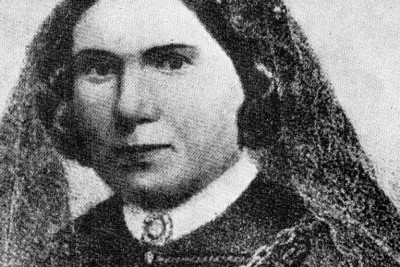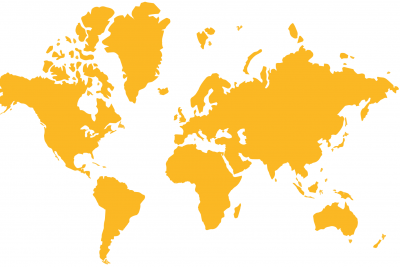Although there are considerable similarities in the political and historic situation of Poland and Finland, in particular, during the 19th century, the cultural contacts between the nations have been scarce, compared to the relationships between Poland and northern European countries. Regardless of this, there are a total of nine actual attempts to translate the Kalevala into Polish.
Seweryna Duchińska’s translation from 1869 is considered as the first Polish translation of the Kalevala. It was published in Biblioteka Warszawska. Eleven years later, the same magazine published the text by Feliks Jezierski. The period during which translations were made from French ended with the translation by Józef Tretiak in 1882.
The translation by Jerzy Litwiniuk from 1998 is the most complete of the Polish translations. In his translation of the Kalevala, he considered the Finnish spelling and grammatic and he utilised his knowledge of the cultural context, which was totally overlooked in earlier translations.




